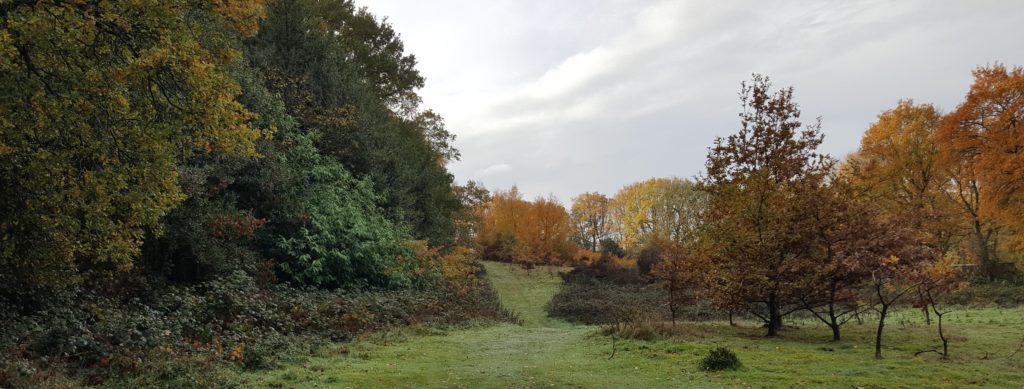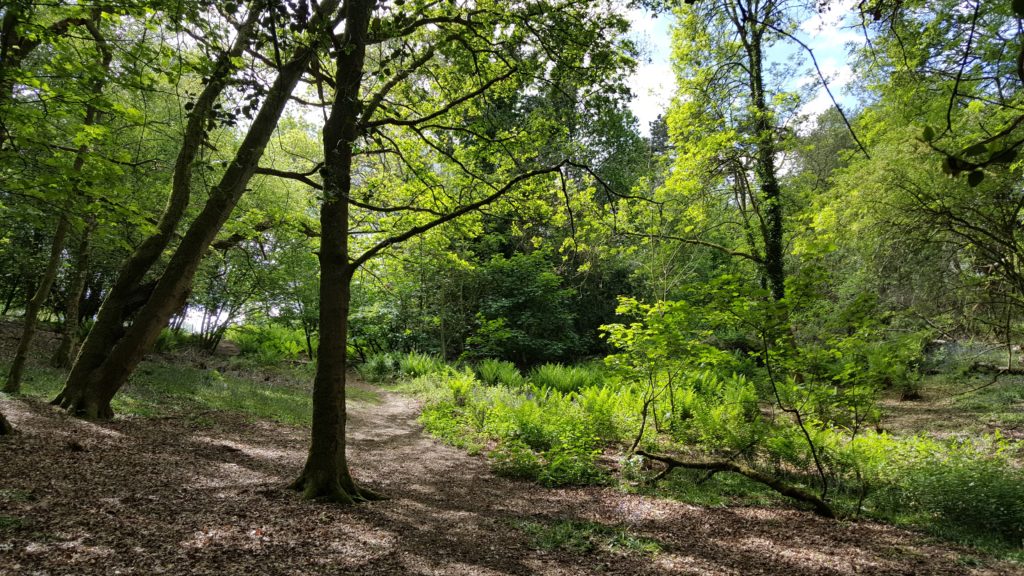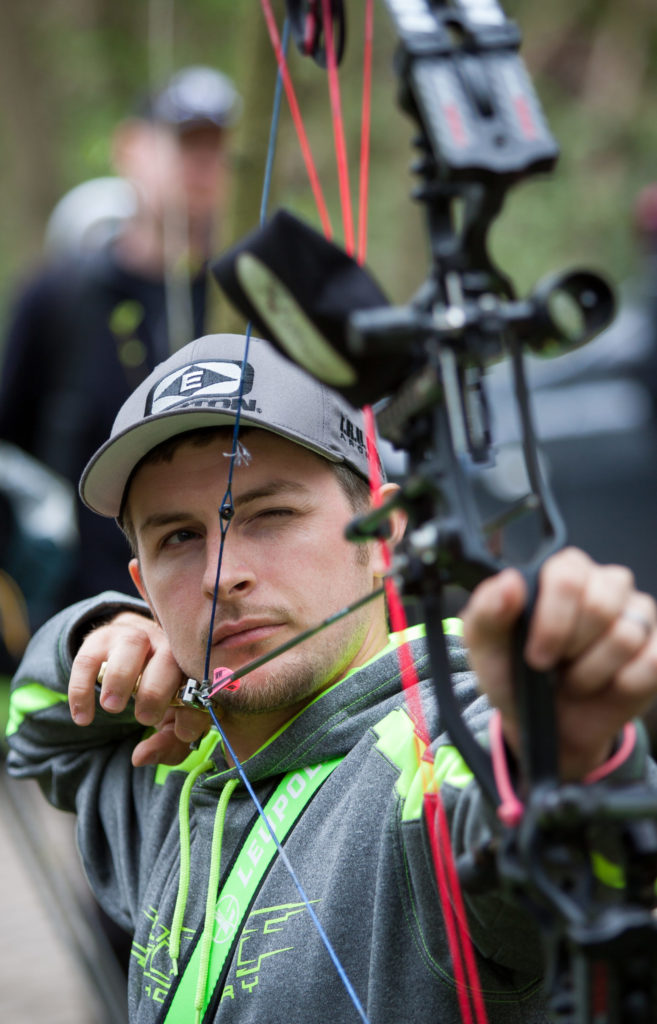Our expert panel answers your questions.
Question: How do you go about finding a field archery location?
Having a suitable location is a make or break factor for any club, whether its focus is target or field archery, but I wonder how many of you have ever considered how archery clubs finds their venues. The simple answer is that
it is rarely easy – and when said club is a field archery club it can prove even harder.
There is a degree of irony here as field archery rarely takes place in a field, despite what its name suggests. Instead, its activities are usually in a woodland environment and this fact complicates the search somewhat.
In recent there has been an increase in woodlands being sold in small parcels of land to those wanting an escape from the city and an opportunity to enjoy the countryside. This has been a significant income boost to many landowners but has potentially reduced the amount of land available for field clubs. It makes suitable woodland an ever more scarce commodity.
So, what does a field club need? The first is woodland, ideally 10 or more acres to allow a decent size field course without being confined. It needs to be secure so target bosses can be left out without the risk of theft or vandalism. Ideally, space to accommodate parking for members and guests is easily accessible for members but without public footpaths or bridleways to reduce the risk of unintentional/accidental trespassing.
Woodlands usually don’t come with amenities, such as running water, flushing toilets and so on, so when reviewing potential sites, consideration needs to be made of these factors. Adding facilities comes at a cost of several hundred, if not thousands, of pounds a year. This is another problem for many clubs, because without a venue you can’t attract members or run competitions to raise funds. After all, grass-roots archery is not a wealthy hobby.
So where do you start? Speaking from experience, our club did countless internet searches, sending out what felt like hundreds of emails to farmers, landowners and other organisations. We wrote posts in local regional magazines to raise awareness of the club and what we could offer a landowner.
We searched for appropriate online forums where we posted outlines of what we needed, along with joining countless Facebook groups. This process can take weeks, months or even years in some cases. It took more than two years to find our first club woods, which we sadly lost 18 months later. We were forced to start again when local council cuts meant we lost access to the woodland.
The hardest part of the process is not to become disheartened by the negative responses and knockbacks you get. Even when you have found a potential site, it has to be checked for suitability. We saw some beautiful woodland that was simply impractical due to limited access, costs or other factors. It’s not easy but can be worth it in the long run.
So next time you are at a field club’s grounds, spare some thought to how much effort went into finding it!
ROB JONES
Question: I’m a bit intimidated by the new skills required for field. Is it really worth it?
In my humble assessment, field archery provides the supreme shooting challenge and, as a result, the absolute in satisfaction when you take up that test successfully. Although each discipline of the two most common internationally – World Archery and IFAA field – has its pros and cons, clearly mastering the World Archery course demands the most testing experience, largely because of the rule restrictions.
Considerable experience is required to ascertain both distance and cut. With three arrows per target rather than the IFAA’s four, the shooter needs to be very assured in both distance and cut assessment, as wasting arrows is score-destroying. That such skill is attainable is underlined in the scoring of the super-elite, such as Jesse Broadwater, who frequently tallies in the 420s out of the possible 432. To wander a field course and observe the minute X ring on targets from 10m to 60m, which provide the possible six score per arrow, makes scores of this magnitude almost unbelievable.
Further demands upon the archer’s skill include testing terrain and less-than-comfortable footing at shooting pegs. Course designers pride themselves in utilising up-and-down terrain, sometimes at very acute angles. These targets are particularly troublesome, as uneven footing, and high angled shots in particular, mess with the archer’s usual form.
Up-and-down angled shot practice is essential – the greats practise off the top of the garage, or indoors down stairways, all the time developing a sense of adapted form which remains as comfortable as possible. Downhill shots for most archers are less demanding; the elevated, steep uphill targets providing the most testing challenges in cut, error adjustment, and form and execution.
For those not familiar with the term ‘cut’, trigonometry comes into play when shots are up or downhill because the actual distance over which gravity is imposed on the arrow in flight is less – sometimes excessively less – than the marked distance on the peg.
With the aid of an inclinometer this predicament is less hostile but, for the WA archer, all cut predictions must be derived from experience as inclinometers are not allowed under World Archery rules. Similarly, without the advantage of rangefinders, the unmarked round demands the added talent of accurate distance estimation.
It is patently clear that an elite WA round competitor must have a wide-ranging skill set in order to be competitive. Being a quality target archer with excellent form and execution is, of course, a comforting starting point. but distance and cut deliberation, terrain – which challenges both fitness and form – and a mere three arrows per target
to get it right, all add spice to the journey.
One saving grace is that the WA distances are overall a little less taxing than around the IFAA range, and the target faces themselves are slightly larger. Also 24 targets of three arrows per target means a 12-arrow tally per round, as opposed to 28 targets, at four arrows per distance, a 112-shot total.
So dealing with all these contingencies certainly provides an archery challenge and there is no shortcut to perfecting the skills involved. But therein lies the charm and excitement, as well as the eventual satisfaction. It is a road always under construction. Successfully negotiating a field course is a whole different ball game from standing on a target line with level footing, a sighted-in distance and a pleasant stroll to the target.
It may all sound a little daunting, but this is archery at its finest. When you can stride on to a previously uncharted course, with those field attributes I’ve alluded to, with trust and confidence, there is no more exhilarating archery experience. You will never know if you are the best you possibly be, until you experience the cross-section of emotions the field course provides.
ROY ROSE





Do a review on the new limb pocket design system on the nishikwa riser from Japan. In addition do reviews on the smart riser from Italy and super recurve limbs made by borders bows. How about a review of the magnetic buttons by Gabriel bogensport. How do they compare with other magnetic buttons.?
Hello Tom. Some interesting products you’ve suggested there. OK, we will give it a shot – this depends on the manufacturers themselves playing ball, of course! Thanks.